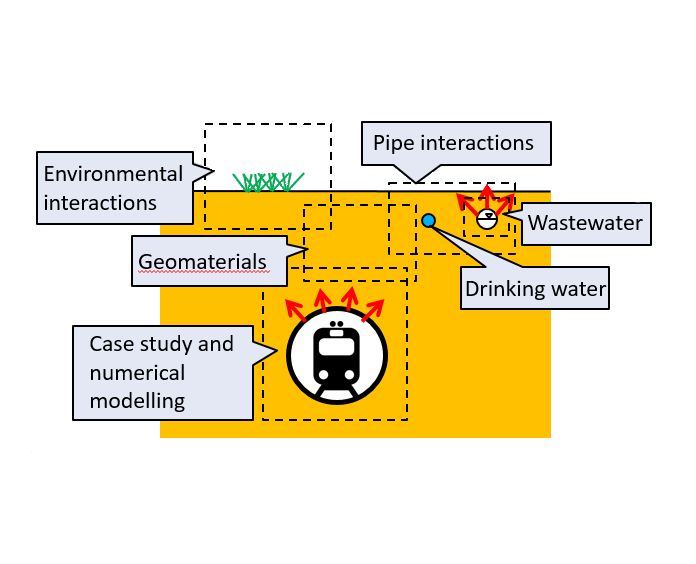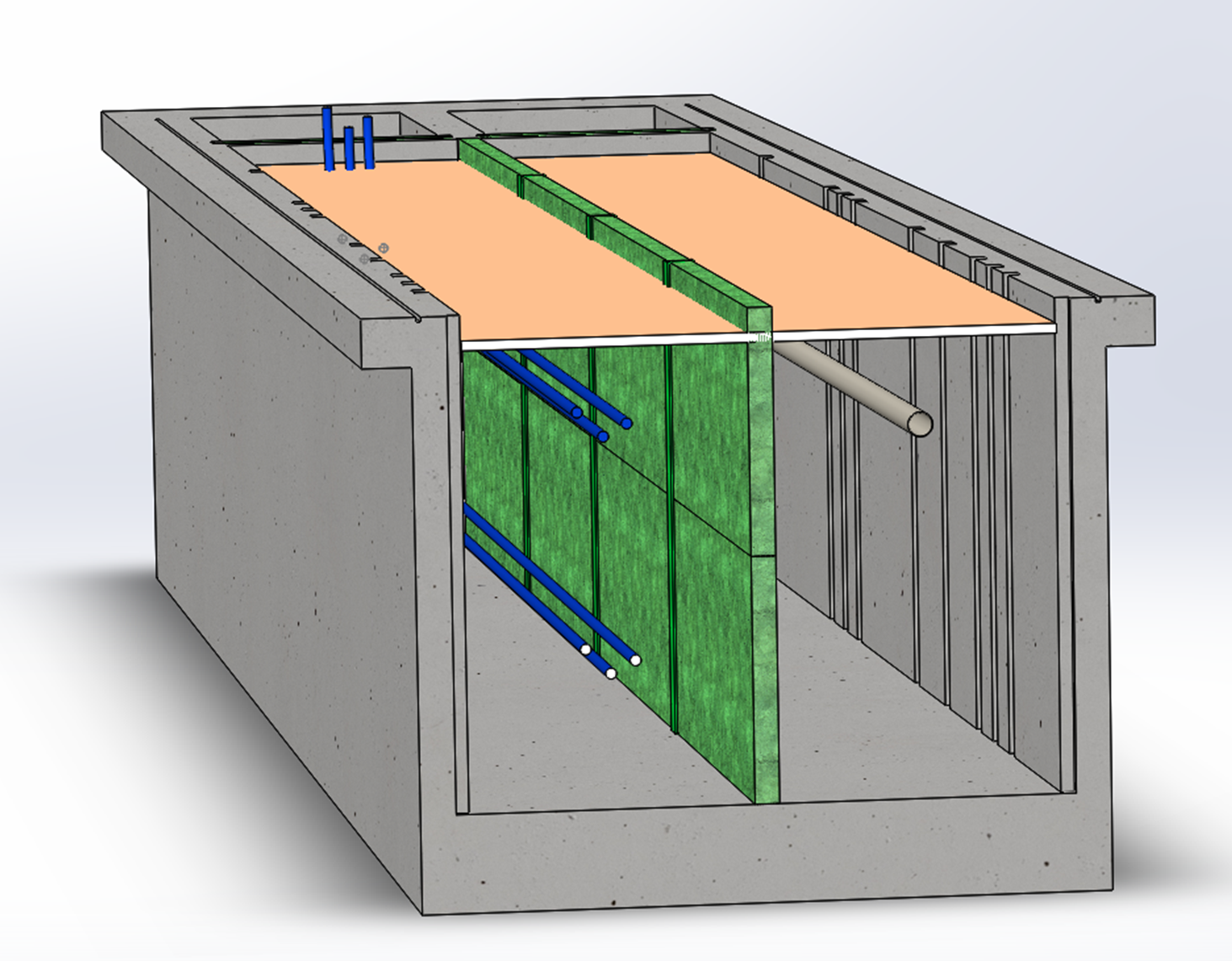Ongoing | This event was 4 years ago | Events
What is Plexus?
PLEXUS is a research project supported by EPSRC that aims to jump start the collaboration between the facilities funded by the laboratories strand of the UK Collaboratorium for Research on Infrastructure in Cities (UKCRIC). The project is organised into four research challenges; the work in the National Distributed Water Infrastructure Facility (NDWIF) in Sheffield is focussed on Research Challenge 2 – Harvesting Energy from Buried Infrastructure.
Why Plexus?
The transfer of heat within soils is well recognised. For infrastructure owners, heat exchange between the ground and assets such as metro tunnels, potable water, wastewater and district heating pipes provides both opportunities and problems. PLEXUS will explore such interactions between buried infrastructure and the ground so as to improve predictions of the transfer of heat energy to investigate whether additional value can be obtained from existing and new buried infrastructure.
The work in Research Challenge 2 is carried out collaboratively by researchers at a number of Universities: Cambridge, Cranfield, Leeds, Imperial, Newcastle and Sheffield. The RC2 team contains researchers with experience in both laboratory and modelling studies. The RC2 laboratory activities range from small-scale highly accurate measurement of heat transfer in sand at Imperial College, through to large scale experiments at the NDWIF in Sheffield and field trials at the National Green Infrastructure Facility at Newcastle. Simulation and other studies are being carried out at Cambridge, Cranfield and Leeds. The RC2 team will share data and understanding of the heat transfer processes between soil and infrastructure so as to start to quantify the potential benefit to UK asset owners of the harvesting energy from their buried infrastructure.

Plexus at Sheffield
Two groups of three HDPE water distribution pipes will be buried in the NDWIF’s testing tank. The pipes will be 125mm in diameter, and will be spaced at 3, 4 and 5 diameters apart. One set of pipes will be located close to the ground surface and therefore influenced by ambient air conditions, and the other group will be buried at 2m depth far from any boundary effects.
Experiments and Modelling
The pipes will be pressurised and water at high temperatures will be circulated. A complex array of temperature sensors buried in the surrounding soil will provide a 3D view of how heat is transferred from the pipe(s) into the surrounding ground. The initial tests will look at the effects of pipe flow rates, and the ground water conditions, which can be controlled in the testing tank. The 3D temperature data will be used by the modellers within the team to predict heat recovery potential from buried pipes subjected to different boundary conditions. Comparison between the small scale tests at Imperial, and the tests at Newcastle carried out in the field will allow much better quantification of the effects of natural soil and climate variability. This is essential if the outputs of this Research Challenge in PLEXUS are to be extrapolated to a national scale.

Future Applications
Future work will examine the impact of a wider range of boundary conditions, such as the soil and groundwater and also the influence of a two phase flow in the pipes, in which an airwater boundary will be introduced.
PLEXUS has received funding from EPSRC under grant EP/R013535/1


 ICAIR is part-funded by European Regional Development Fund
ICAIR is part-funded by European Regional Development Fund